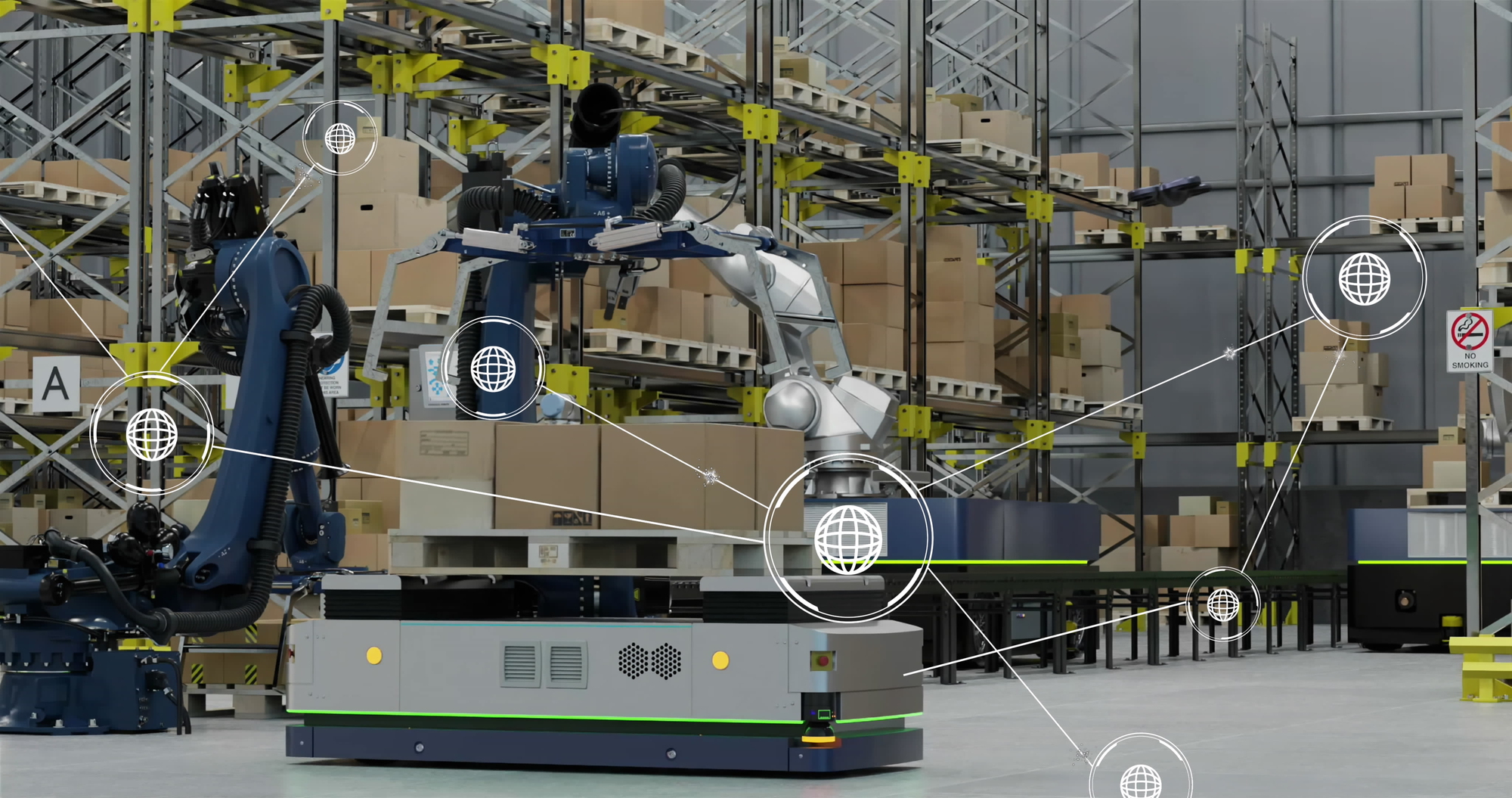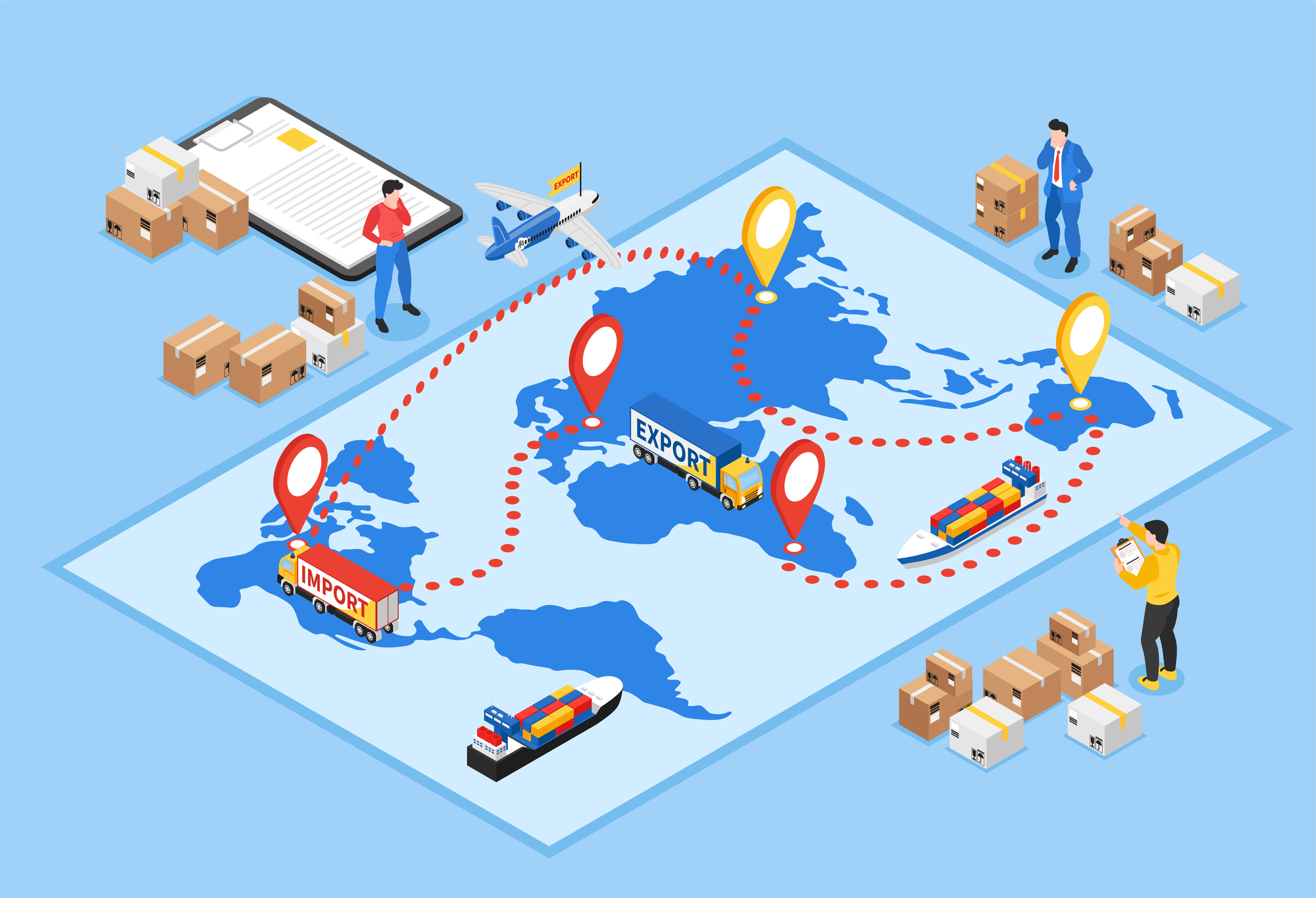Posted by Jim Owens on Tue, 11/26/2019
For forward-looking manufacturing companies, the so-called digital disruption is a misnomer. Far from being a disruption – defined by Merriam-Webster as “forcible separation or division into parts,” today’s rapid development and deployment of digital technologies have the power to bring together fragmented processes and produce integrated solutions. This is especially promising for maintenance, repair, and operations (MRO) professionals. The prospect of a digital supply chain would completely transform the way companies manage tail spend, schedule maintenance, and morph their MRO processes from expensive transactions into strategic investments.
And, it’s quickly becoming a reality, as mobile communications, bespoke applications, powerful analytical platforms, and expansive cloud computing capabilities become more robust and less costly. With exciting tools that harness the power of data analysis at their disposal, managers are capable of creating digital supply chain solutions that streamline processes, reduce downtime and operating costs, and enable MRO to add value to:
- Operations
- Distribution
- Procurement
- Other relation departments
The New Playing Field
The new paradigm in digital supply chain management requires MRO departments to be strategic in selecting the technologies that will integrate with or replace legacy systems. They should be guided by two undeniable realities in the world of digital supply chain management:
- Industry 4.0 – The capability of manufacturing facilities to automate routine processes, collect, share, and analyze data, connect smartmachines to each other through the internet of things, and capitalize on machine learning and artificial/augmented reality will direct future MRO supply chain operations. This fourth industrial revolution, driven by the power, flexibility, and affordability made possible through cloud computing platforms, hinges on in interconnectivity of manufacturing equipment and its ability to maximize efficiency and diagnose problems before they become critical. Industry 4.0 has evolved MRO. What was once a commodity, then a product, and then a service is now becoming a digital supply chain experience. Providing an acceptable user experience requires firms to invest in technologies that leverage this digital ecosystem and engage knowledgeable partners.
- Customer Expectations – Thanks to Amazon and other technology-leveraging consumer brands, today’s customers have become accustomed to getting exactly what they want with no delay. Free overnight delivery, mass customization, and immediate satisfaction have woven their way into internal services. Business-to-business (B2B) customers expect that same customer focus from their supply chain partners – agility, responsiveness, and collaboration that adds value. In fact, fast response to machine breakdown and quick replacement of critical inventory are no longer the target. Today’s competitive arena demands MRO teams not react to equipment failures or inventory shortages at all. No, they must anticipate problems, forecast needs, and take proactive, preventative steps before the troubles can manifest.
Digital Supply Chain Management Tools
Transforming the MRO supply chain from a necessary expense into a source of innovation and profit can be overwhelming. While there are dozens of tools available, it may be best to start with a few utilities to build a digital foundation upon which additional, more sophisticated applications can be attached. Here are some ways to get started:
- Mobility – From laptops to tablets to smartphones, digital technology keeps getting smaller and more field-ready. MRO technicians already are familiar with these devices, so it should be easy to incorporate accounting, inventory, tracking, and other software onto digital supply chain management handhelds.
- Integration – Through an application program interface, companies can ensure their enterprise resource management systems communicate and share data with maintenance, marketing, finance, and other management platforms. These protocols eliminate redundant operations and give all departments the same, accurate view of the firm’s circumstances.
- Automation – Accomplishing data entry, inventory reorder points, payment processing, intake and throughput of materials, and more through robotic process automation reduces errors and manual overrides while cutting administrative and labor costs.
- Internet of Things – Internet-enabled monitoring of deliveries, spare parts, consumables, and other MRO assets is quickly becoming commonplace. Connecting related assets – wear detectors to replacement parts, for example is the next step in building an integrated digital supply chain. Detectors can predict and signal imminent failure so preventative maintenance can intervene before catastrophe can strike.
- 3D Scanning and Printing – Scanning a part and printing exact duplicates when replacements are otherwise unavailable can extend the life of plant equipment indefinitely. Taken further, the technology could print parts on demand, eliminating entire storerooms of replacement parts. Coupled with other digital supply chain solutions, printers could store printing specs and be triggered when monitors detect a part’s pending failure.
The future of MRO is digital supply chain management, and it is arriving fast. To avoid being left behind, companies should begin implementing digital technologies now. There’s nothing wrong with starting small and expanding as capabilities and needs grow. The technology is scalable and grows more powerful every day.
The professionals at SDI can show you how our services can make your MRO digital supply chain strategy work as a single unit to eliminate repetition and redundancy, make operations more transparent, and make maintenance more predictive and proactive. Contact SDI to find out how.





